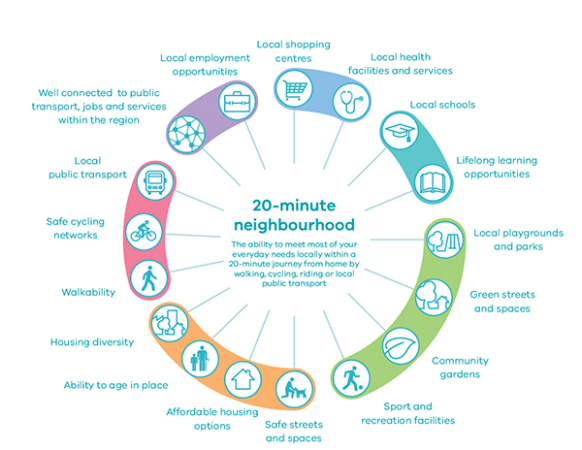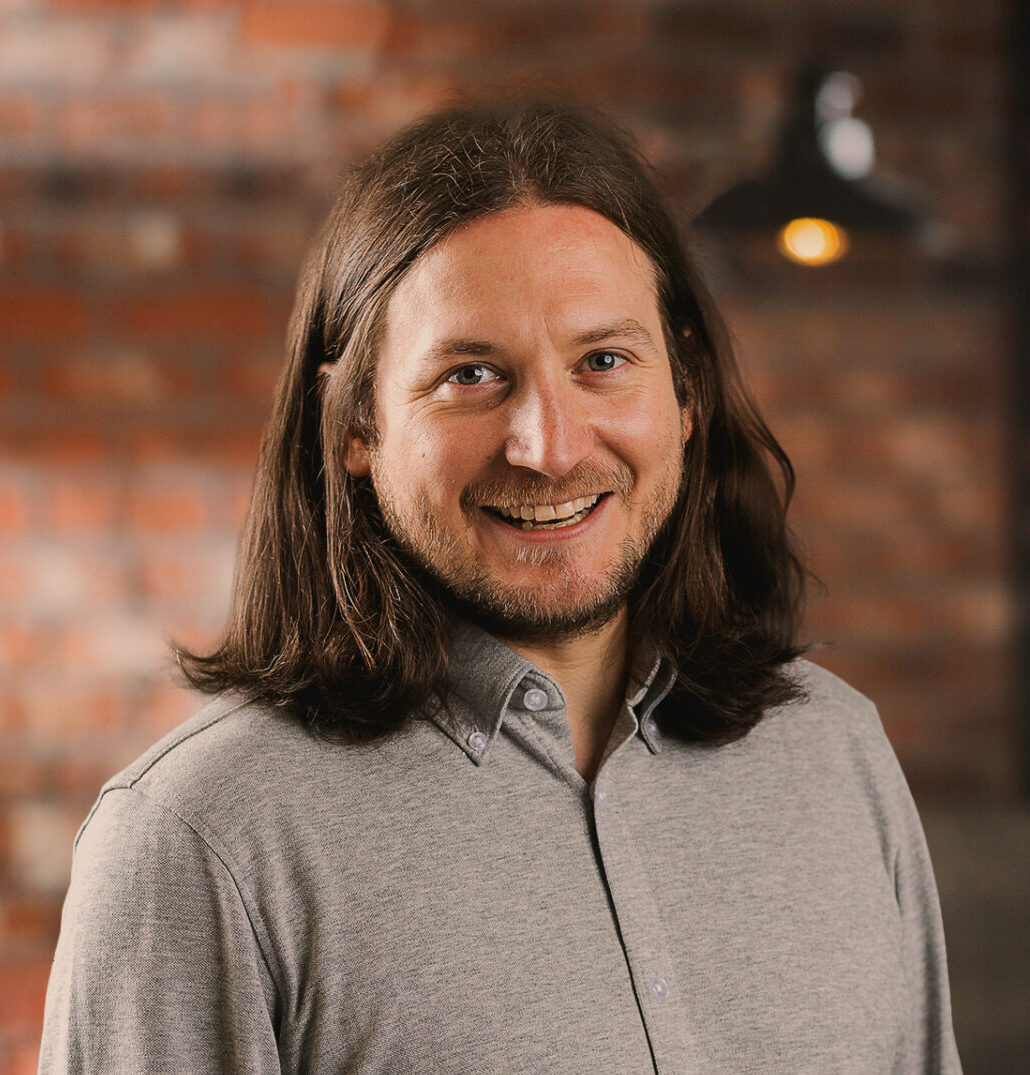Now is our chance for 20-minute neighbourhoods
Last Thursday, I was buoyed to be on a panel made up of collaborators and experts I hugely respect, for a lively discussion about travel and urban infrastructure moving forward. The debate couldn’t have been more well timed given the publication of the Government’s Cycling and Walking Plan and the Department of Transport Note 1/20 Cycling Infrastructure Design.
I truly believe the situation we have faced over the last few months has brought us to a place where we have a once in 50 year opportunity to fundamentally change our towns and cities for the better and with it, change our habits and lifestyles.
At the heart of this change we believe should be the principle of 20 minute neighbourhoods, where anyone can meet their basic needs without getting in a car. Life has fundamentally changed for many of us. We’ve worked from home, we’ve stayed local and we’ve got to know our neighbourhoods better than ever before. Many of us have walked and cycled more with our cars unused for days at a time. Now, as things gently start to return to what will be our ‘next’ normal, what changes will stay with us and how can we ensure, through the design of our urban environments that the positives remain and become part of our everyday life?

A great example of trying to achieve this is Mayor Anne Hidalgo, who aims to turn Paris into the 15 minute city, where daily urban necessities, work, shops, education, healthcare and are within 15 minute reach on foot or by bike. The actions she has taken to help the city emerge from the pandemic signal a clear way forward, with miles of bike and pedestrian lanes taking space that was previously occupied by the car.
The concept of 20-minute neighbourhoods is something we have been working on for some time and we believe offers a real opportunity to have a positive impact on our environment, help create more prosperous towns and cities and enable people to lead happier and healthier lives.
Our towns and cities are experiencing a repopulation renaissance, not only as a result of the pandemic but also due to our continuing grapple with the effects of digital and creative technology on our lifestyles, our economy and our social networks. Meanwhile, our natural environment is undergoing fundamental readjustment in the form of climate change, causing us to re-evaluate how we treat this precious resource and the very landscape in which we live.
20-minute neighbourhoods are places where residents have easy, convenient access to many of the places and services they use daily, including grocery retail, restaurants, schools and parks, all without relying heavily on a car. It’s a spatial reordering of our urban settlements. They become characterised by a vibrant mix of commercial and residential uses, all within an easy walk, cycle or public transport. They have higher concentrations of people and are complete with the pavements, bike lanes and bus routes that support a variety of high quality transport options. Reordering our streets and public spaces to encourage these active travel choices, also creates the opportunity to meaningfully embed green infrastructure, bringing higher levels of climate change resilience as well as amenity, biodiversity and better pollution management.
As you can see, the benefits to this approach touch all areas; economic, environmental and social. Ultimately though, this is our chance to truly improve public health. As an engineer, I believe my profession has an important role to play in making this happen. It should be a real turning point but for it to succeed, we have to be creative, emotionally intelligent, collaborative, brave and bold.
Selected industry experts bring you insight and expert advice, across a range of sectors.
Subscribe for free to receive our fortnightly round-up of property tips and expertise
Selected industry experts bring you insight and expert advice, across a range of sectors.
Subscribe for free to receive our fortnightly round-up of property tips and expertise





